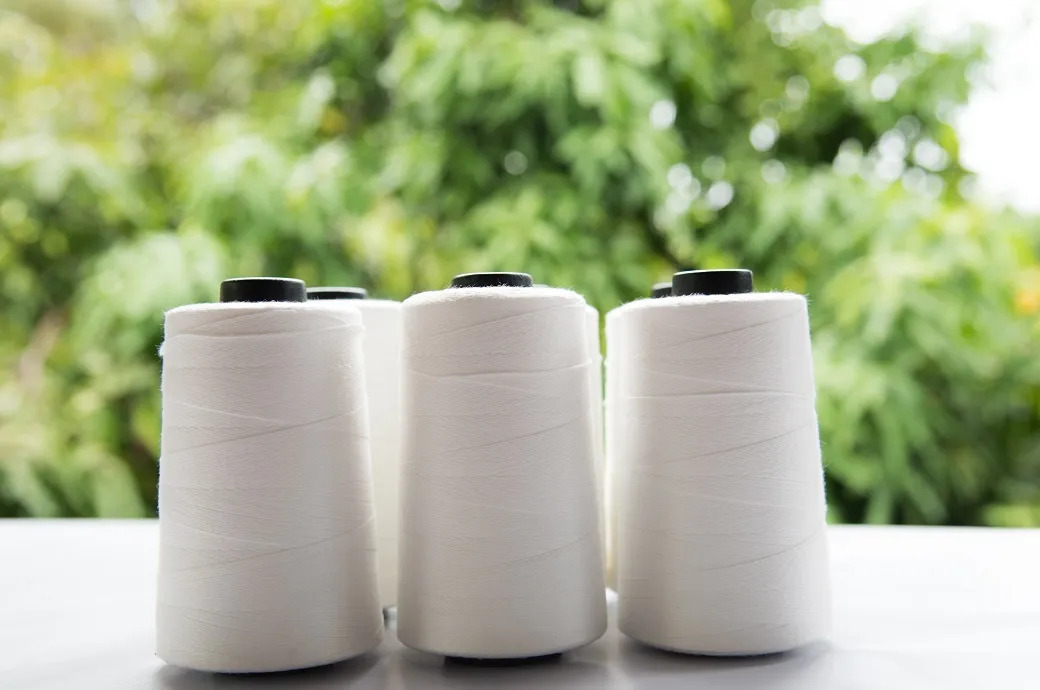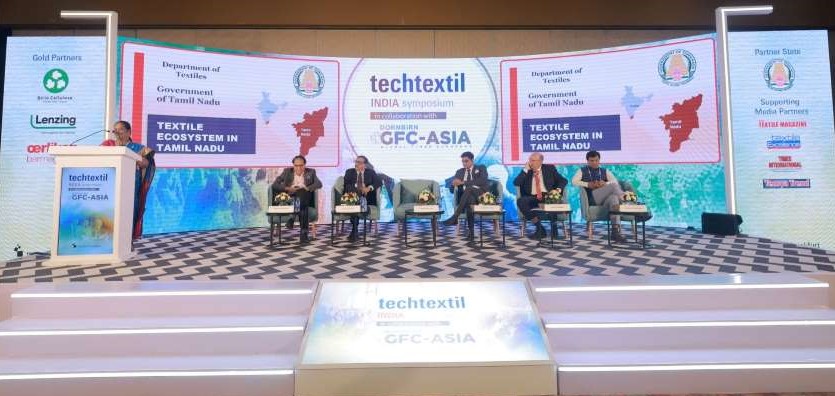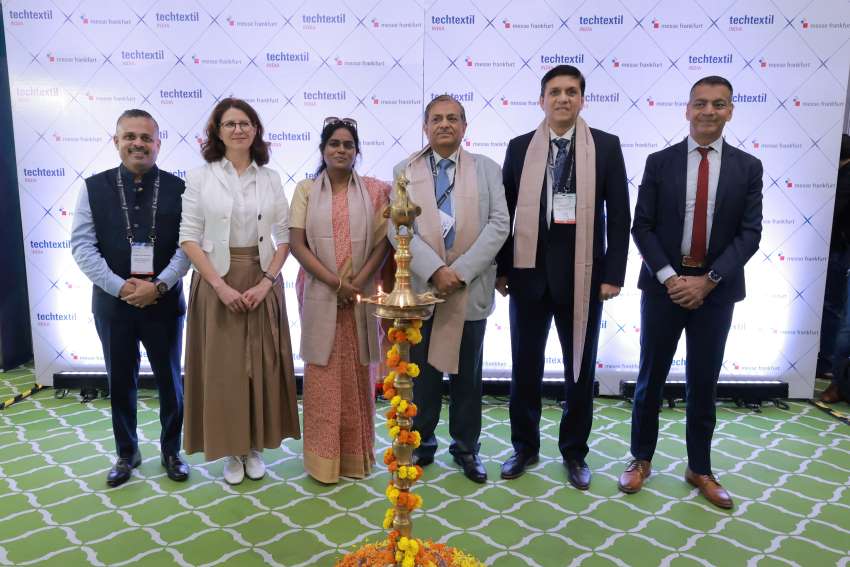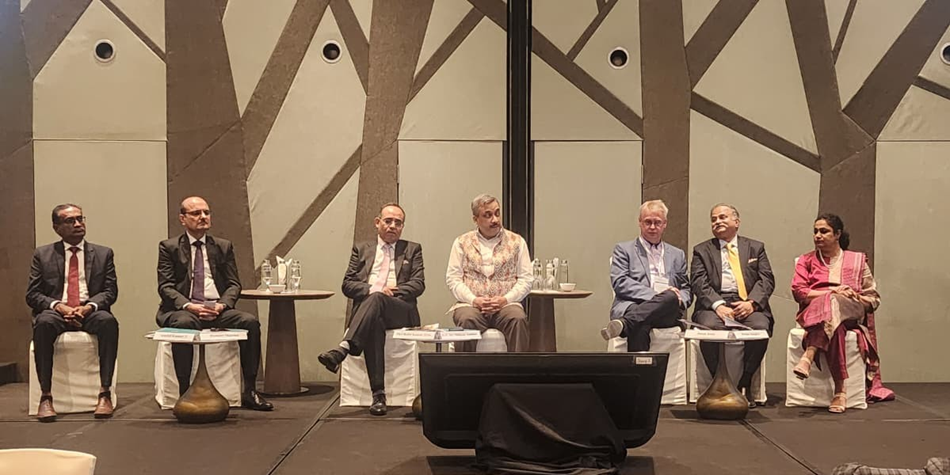FW
The Delhi High Court refused to issue a stay order to the Centre's order enabling a government-appointed panel to fix the maximum sale price of genetically modified (GM) Bt cotton seeds. The judge issued notice to the government and sought its response by March 4 on the plea of Mahyco Monsanto Biotech India challenging the Agriculture Ministry's January 27 order giving powers to the committee to fix license fee payable by sub-licensees for GM technology.
The HC clarified that ‘any action taken by respondent (Centre) in pursuance to the aforesaid order shall be subject to further orders.’ According to the January 27 order, the panel was given powers to fix the license fee payable by sub-licensees to Mahyco and suggest the licensing guidelines and format for all GM technology licensing agreements between them inter se,’ the court noted in its order.
Mahyco’s plea was that by issuing the order, the government was trying to ‘unfairly regulate and expropriate’ its rights in respect of valuable intellectual property and freedom to negotiate and contract the terms of its licensing agreements with its sub-licensees. Seeking stay, it contended that its technology is its patent and is governed by the Patents Act, 1970 and thus, the government cannot fix the price at which the company will supply its technology to seed manufacturers.
Mahyco is a joint venture between US agriculture company Monsanto and Maharashtra Hybrid Seeds Company which sublicenses biotechnology to seed companies.
"A recent Credit Suisse report projected around 8,600 brick-and-mortar stores will be forced to shut in 2017. While retail store visits have drastically reduced in recent years, it is about time for companies to leverage their store presence as a driver for customer acquisition in the digital space. However, in a stark contradiction to this, another research by Smarter HQ found 50 per cent of millennials actually prefer to go to a physical store as their primary means of shopping. In such a situation, a seamless omnichannel presence is what retailers should aim at."

A recent Credit Suisse report projected around 8,600 brick-and-mortar stores will be forced to shut in 2017. While retail store visits have drastically reduced in recent years, it is about time for companies to leverage their store presence as a driver for customer acquisition in the digital space. However, in a stark contradiction to this, another research by Smarter HQ found 50 per cent of millennials actually prefer to go to a physical store as their primary means of shopping. In such a situation, a seamless omnichannel presence is what retailers should aim at. But what are the real issues plaguing the fashion retailing? Let’s find out…
Reducing footfalls

Currently, there are about 1,200 malls in the US, which are predicted to fall to about 900 in a decade. A research by Cowen and Company reveals between 1970 and 2015, the number of malls in the country grew twice the rate of the population. Add to that, the US also has one of the highest shopping space per capita in the world — 40 per cent higher than Canada, five times more than the UK, and 10 times that of Germany’s. Besides having omnichannel presence with features such as Buy Online and Pick Up in Store, these companies should also renegotiate leases and optimise their store footprint by closing underperforming stores.
Low margins in e-commerce
On the other side of the spectrum, increased expenses in delivery and marketing are eating up e-commerce retailers’ margins big time. Towards this, retailers need to undertake other cost-saving measures to reduce additional margin pressure. This can be reducing the markdowns, as sales of full-price items would have higher margins. A highly promotional environment has also harmed many apparel retailers, making customers accustomed to discounted merchandise. But it isn’t going to be easy either with the onset of holiday season, people tend to wait for promotional offers all the more.
Improving speed to market is another alternative just as H&M, Zara, and Uniqlo have been doing. These retailers move styles from the runway to the stores within weeks, constantly evolving their assortment and keeping their products fresh. Analysis conducted by John Thorbeck, chairman, Change Capital LLC, and Professor Warren H Hausman of Stanford University indicate retailers can increase their profits by as much as 28 per cent and market capitalisation by up to 43 per cent if they are able to reduce their lead times and respond faster to changing consumer demand. In the long term, American retailers will be unable to compete with fast-fashion retailers if they don’t address this issue.
Mexico is an important center for worldwide denim fabrics and garments. Its proximity to the US benefits of trade agreements and strategic location between the two Americas has contributed to its growth as a textile and apparel centre. The country is a large exporter of denim apparels to the US, next only to China.
In fact, many brands have shifted their denim business manufacturing from China to Mexico. For one, denim fabrics from Mexico are considered superior to Chinese fabrics. There is a feeling the water is different in Mexico, the resin used is different. There is a lot more hand detail versus manufacturing details. One example is when people are trying to get a brushed out thigh on a pair of denim. In China it’s done by using a sand blaster and then go to the next pair. In Mexico the way is to take a wire brush and hand brush them out so that it’s possible to get highs and lows that look a bit more natural. But overall it’s the method of spending a little more time and the hand work in stressing or washing denim that is not done in mass production at a Chinese facility. Everything looks the same but in Mexico the processing and laundry are more artisan.
But a key advantage to manufacturing in Mexico is shorter lead times, which allows brands a lot of flexibility to change orders as business fluctuates.
Bangladesh wants to revive its muslin heritage and protect the livelihood of muslin artisans. The history of muslin goes back at least a millennium and the fabric’s origins are shrouded in mystery. Marco Polo described the luxurious fabric in 1298, saying it was made in Mosul in Iraq, from which it was said to take its name. Others say the textile takes its name from the southern Indian coastal town of Masulipatnam. In the 17th and 18th centuries, Mughal Bengal emerged as the foremost muslin exporter in the world, with Dhaka as the capital of the worldwide muslin trade.
In Central Asia, muslin is referred to as daka, a reference to Dhaka’s central role in the production and trade of the fabric. The fine gauze has several commercial applications and is used in cerebrovascular neurosurgery.
Muslin is considered ideal material for swaddling babies. It’s finely-woven and breathable. The open weave and lightweight fabric of muslin allows for airflow, reducing the risk of overheating. Muslin is also durable. Weaving a product in the natural fiber of muslin makes it a workhorse fabric, giving it the ability to withstand countless washes. The delicate yet durable weave of muslin also evokes a stretch with a natural give, allowing a muslin swaddle to be tucked snuggly around the baby without being overly restrictive.
Pakistan is fast losing its cotton spun yarn markets to the much cheaper Vietnam. Cotton spinning in Vietnam has more than tripled in the last four years. Vietnam’s net yarn exports increased at an annual rate of over 40 per cent between 2011 and 2016. This growth is paralleled by the large rise in China’s investment in spinning in Vietnam alongside wholesale relocations of some firms.
Pakistan’s cotton yarn exports, on the other hand, have been on the decline for the last couple of years owing to surging cost of production on account of sharp spikes in energy prices and shortages. Yarn shipments tumbled by almost one-third in the first half of the ongoing fiscal year to December as overall textile and clothing exports plunged by about nine per cent from a year ago in spite of EU trade concessions.
Vietnam is not only eating into Pakistan’s market share of cotton spun yarn. It is also capturing the world clothing market at a fast pace because of its lower cost of production and is likely to become the most favorite destination of major American and European stores once the trans pacific pact and the free trade agreement with EU go into operation.
The outlook for Indian cotton textiles for financial year 2016-’17 is expected to be stable. This will be led by a marginal expansion in the cotton space on the back of lower cotton prices, even as revenue growth will be slower, mirroring lower sales realisations.
Most revenue growth is expected to come from higher production efficiency rather than significant capacity additions. However, the cotton textile sector faces key risks also. A cotton or yarn price crash led by uncertainty from China on the buying or stocking of cotton or yarn is a key risk, and could lead the outlook revision to negative for cotton textiles. Uncertainty stemming from China’s policy and production strategy remains a threat.
Revenue growth in financial year ’17 is likely to be driven by the enhanced domestic consumption of fabrics, apparels and home textiles in view of lowering interest rates, rising discretionary income, favorable demographics and moderating inflation.
The outlook for synthetic textiles for financial year ’17 is negative because of continuing overcapacity, falling capacity utilisation, dumping from China, and continuously falling raw material prices, which could translate into inventory losses. India is likely to lose competitive advantage against peers such as Vietnam, which has duty-free access to Europe, and possibly to the US upon the passage of the Trans-Pacific Partnership.
Cotton farmers in the United States are expected to boost acreage by 6.2 per cent this year as weak market prices for competing crops including corn and soybeans lead them to devote more area to the fiber. Last year, farmers planted 8.6 million acres of cotton. That was the lowest level since 1983. With an abandonment rate of 11 per cent, just 8.1 million acres of cotton were harvested last year in the US.
While cotton prices had changed little over the past year, drops in grain prices, which compete with the fiber for acreage, would likely encourage farmers to plant cotton. Prices have traded in a tight range for much of the past one and a half years amid uncertainty about China’s plans to release its massive cotton stockpile.
Front-month corn prices closed 2015 down nearly 10 per cent and benchmark soybean futures closed the year down nearly 15 per cent. Both are still trading well below year-ago levels. Price ratios of cotton to competing crops are a bit more favorable than in 2015.
Plantings in the world’s biggest exporter are expected to rise to 9.1 million acres in 2016, slightly lower than median expectations of 9.7 million acres.
Textile Exchange and the Organic Trade Association have entered a joint effort to strengthen the North American organic textile industry. The two groups will work together on legislative advocacy, public outreach and consumer education initiatives.
A major goal of the partnership is to boost outreach to North American consumers on the benefits of organic fiber and textiles, particularly the environmental and social benefits of growing and processing them. US organic fiber sales were the fastest growing non-food sector, reaching $1.1 billion in 2014, up 18 per cent from the previous year. The leading organic fiber is cotton. In 2014, US growers planted organic cotton on 18,234 acres, the largest number of US acres devoted to organic cotton since 1995.
Global sales of organic cotton products reached an estimated $15.7 billion in 2014, up 10 per cent from 2013. Founded in 2002, Textile Exchange is a global non-profit that works with all sectors of the textile supply chain to find the best ways to minimise and reverse the negative impacts on water, soil, air and the human population created by this $1.7 trillion industry. Organic Trade Association is the membership-based business association for organic agriculture and products in North America.
textileexchange.org/ https://www.ota.com/
Bangladesh’s exports rose 10.4 per cent in January from a year earlier to $3.18 billion, driven by stronger sales of garments. Exports for July to January period, in 2015-16 financial year rose 8.3 per cent from a year earlier to $19.27 billion. Garment sales, comprising knitwear and woven items, totaled $15.76 billion in July to January, up nine per cent from a year earlier.
Garments are a key foreign exchange earner for the South Asian nation, whose low wages and trade deals with western markets have helped make it the world’s second largest apparel exporter after China. The top export destinations of Bangladesh are the United States, Germany, United Kingdom, France and Spain. The top exports of Bangladesh are non-knit men’s suits, knit T-shirts, knit sweaters, non-knit women’s suits and non-knit men’s shirts.
Exports account for about 6.2 per cent of total Bangladeshi economic output. The country’s top ten exports accounted for 96 per cent of the overall value of its global shipments. Clothing shipments alone represent 84.7 per cent of Bangladeshi exports. Bangladesh’s flagship clothing exports appreciated by 95.2 per cent for non-knit or crochet articles and by 84.3 per cent for knit or crochet clothing.
SRF will set up a plant at Indore. The proposed facility is set to have a capacity of 30,000 TPA and a metallisation capacity of 8,000 TPA. More than 60 per cent of the proposed project output of flexible packaging will be used in the food packaging and beverages industries. The project will thus support the expansion of the processed foods industry and enhance food security by reducing food spoilage. SRF is a leading producer of biaxially-oriented polyethylene terephthalate film. The proposed investment will be backed by the International Finance Corporation.
The project aims to create 100 direct jobs and a similar number of indirect jobs in ancillary units and supply chain. In 2012, the IFC financed SRF's greenfield projects in Thailand and South Africa. The current proposed investment complements these earlier investments.
SRF has interests in technical textiles, chemicals and polymer and packaging films. The company has existing operations in Madhya Pradesh, Rajasthan, Uttarakhand, Tamil Nadu and Gujarat. It has plants in three countries and exports to 75 countries. It is a multi business manufacturing entity—fluorochemicals, specialty chemicals, and engineering plastics. Among its products are laminated fabrics, industrial yarns, refrigerants, engineering plastics, tyre cords, packaging films.
www.srf.com/












